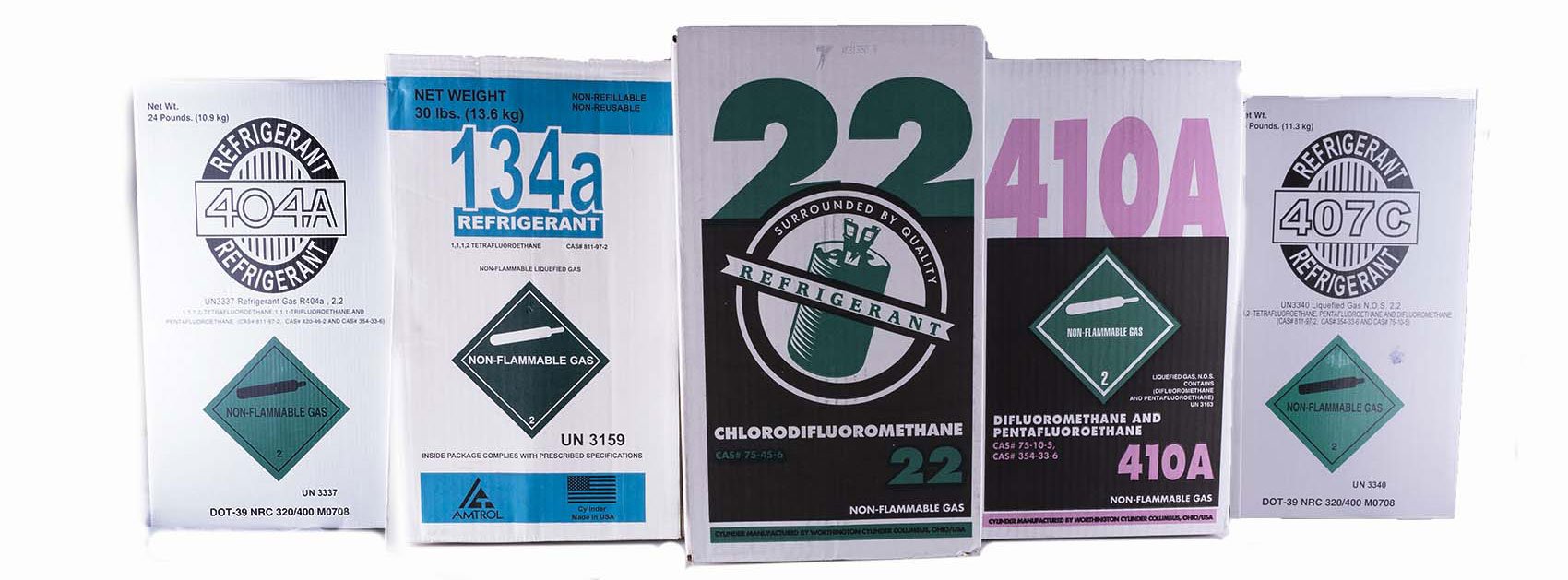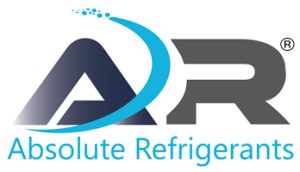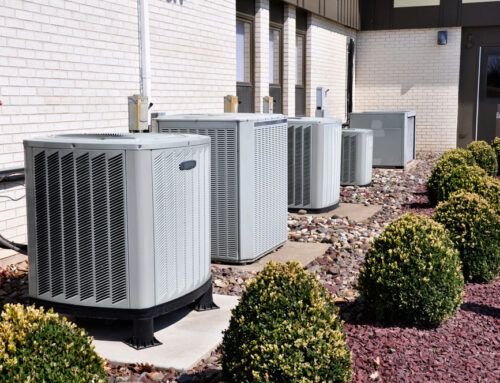
What is the Most Common Refrigerant? Absolute Refrigerants
Want to learn more about what is the most common refrigerant? Designing a new air conditioning unit or repairing a unit? It is important to know what refrigerants are commonly used in the industry. These include Natural, Hydrocarbon, and High-GWP refrigerants.
Hydrocarbon Refrigerants
Generally considered environmentally friendly, hydrocarbons are natural refrigerants. They are a compound made up of carbon and hydrogen atoms. Unlike fluorocarbons and chlorine-based refrigerants, hydrocarbons are non-toxic and have zero ozone-depleting properties. They are also considered a more eco-friendly alternative to CFCs.
Hydrocarbons are used in a variety of applications
Hydrocarbons are used in a variety of applications, including refrigeration, heating, and air conditioning. They are also used in various industrial applications, such as aerosol fillers, insulation foams, and blowing agents.
Hydrocarbons can be classified into several different groups, based on their composition. Some hydrocarbons are classified as saturated while others are unsaturated.
Saturated hydrocarbons
Saturated hydrocarbons include propane (R290), butane (R600a), and isobutane. Unsaturated hydrocarbons include ammonia, and hydrogenated ethylene (H2E2).
HCFCs, or hydrochlorofluorocarbons, are another class of refrigerants. They are odorless and colorless. They are primarily used as indirect systems.
Commercial and domestic refrigeration applications
They are connected to a control room and are used for commercial and domestic refrigeration applications. The European Union banned HCFCs for air conditioning in 2003.
Hydrocarbons are classified as A3 refrigerants by the ISO 817 standard. They are odorless, colorless, and contain no ozone-depleting properties. They are a low-cost alternative to existing chemical refrigerants. They can also save up to 54% in energy costs.
Proper safety regulations are necessary
They are flammable, however, and should be handled carefully. Proper safety regulations are necessary to ensure the safety of all users of hydrocarbons. The key is to ensure that the refrigerant does not exceed the lower flammability limit.
Natural refrigerants
Among the most common refrigerants are CO2, ammonia, and propane. These are all-natural substances that are produced by the decomposition of organic matter. They also have relatively low global warming potentials and a very low ozone depletion potential.
They are a great option for a variety of refrigeration applications. The global natural refrigerants market is forecasted to grow by 4.5% from 2022 to 2029.
Largest natural refrigerants market
The largest natural refrigerants market is expected to be in Europe. This is primarily driven by the environment and emission regulations in the region. A lot of case studies have shown that switching to natural refrigerants is a worthwhile investment.
The market for natural refrigerants is expected to expand to US$ 1.5 Bn in 2029. The growth of this market is driven by government mandates and corporate sustainability initiatives. The demand for natural refrigerants is also increasing in the maritime sector, as these systems are prone to high leakage ratios.
Natural refrigerants
Several manufacturers have successfully installed systems using natural refrigerants. In fact, there are dozens of new products coming to the market every day.
Natural refrigerants are used in a wide range of refrigeration applications, including commercial chillers, heat pumps, and mobile refrigeration. They have excellent energy efficiency and low GWP levels.
Environmentally friendly alternatives to HFCs
They are environmentally friendly alternatives to HFCs. They also offer a range of excellent engineering advantages, including a low-pressure ratio, superior heat transfer properties, and inflammability. They are also compatible with normal lubricants.
High-GWP refrigerants
Whether or not your refrigeration system utilizes a high-GWP refrigerant, you should be aware of the consequences. The EPA is attempting to clamp down on high-GWP refrigerants and the industry is working on alternative solutions.
EPA has issued a number of petitions
The EPA has issued a number of petitions to limit the use of certain common refrigerants. These petitions were received by the EPA from the air conditioning industry and environmental groups.
While it is unclear whether the EPA will enforce the new requirements, it is likely that common HFC refrigerants will be restricted. There is a long-term trend toward moving away from high-GWP refrigerants.
The European Union
The European Union has also introduced a regulation limiting the sale of F-gases. The regulation has already resulted in a significant increase in the cost of certain refrigerants.
The Air-Conditioning, Heating, and Refrigeration Institute is working with major manufacturers and academic institutions to develop stable and reliable refrigerant alternatives. These alternatives will help reduce climate risk and slow global warming.
Refrigerants with low-GWPs
There are several refrigerants with low-GWPs that can be used in refrigeration systems. These include hydrocarbons and ammonia. However, these are flammable and have limited availability. Some nonflammable refrigerants are being investigated.
R-22 is the most common refrigerant used in the world today. It has a 100-year GWP of 1,810. Its potency is almost 2,000 times the potency of carbon dioxide.
About Absolute Refrigerants
Absolute Refrigerants has been assisting contractors, suppliers, and homeowners nationwide since 2015. All of our refrigerants are produced in the United States by major manufacturers. We have a strong customer service focus that is not often found within the HVAC industry.
Absolute Refrigerants serves residential and commercial air conditioning customers in the United States. Our company only handles quality products. The company has a strong customer service focus not normally found within the HVAC industry. Every customer is valued and treated with importance, no matter the size of the job!






